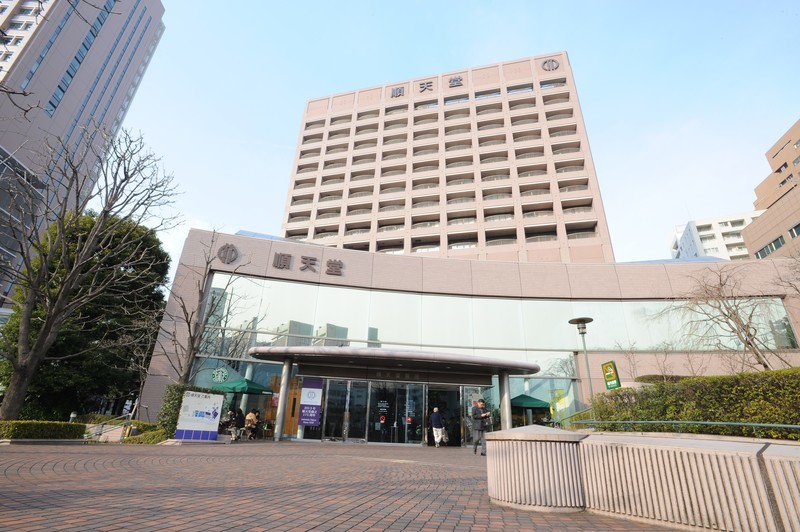順天堂大学医学部附属順天堂医院 がん治療センターセンター長・化学療法室室長、順天堂大学医学部附属順天堂医院 腫瘍内科 科長、順天堂大学大学院医学研究科 臨床腫瘍学 教授
加藤 俊介 先生
- 公開日
- 2022/01/27
日本内科学会 認定医 日本臨床腫瘍学会 がん薬物療法専門医・指導医 日本がん治療認定医機構 がん治療認定医
固形がん(主に消化器がん、軟部肉腫、乳がん、原発不明がんなど)に対する薬物療法を専門としている。また、遺伝子解析に基づく個別化医療を実現するべく、がんゲノム医療を早期から導入し臨床への応用を目指している。
基本情報
診療科・主な得意領域
- 腫瘍内科
- 【疾患名】軟部肉腫【治療法】薬物療法
- 【疾患名】原発不明がん【治療法】薬物療法
続きを読む
資格・学会・役職
| 日本内科学会 | 認定医 |
|---|---|
| 日本臨床腫瘍学会 | がん薬物療法専門医・指導医 |
| 日本がん治療認定医機構 | がん治療認定医 |
- 順天堂大学医学部附属順天堂医院 がん治療センターセンター長・化学療法室室長
- 順天堂大学医学部附属順天堂医院 腫瘍内科 科長
- 順天堂大学大学院医学研究科 臨床腫瘍学 教授
所属病院
順天堂大学医学部附属順天堂医院
- 内科 血液内科 膠原病・リウマチ内科 外科 精神科 神経内科 脳神経外科 呼吸器外科 消化器外科 腎臓内科 心臓血管外科 小児科 小児外科 整形外科 形成外科 皮膚科 泌尿器科 肛門科 産婦人科 眼科 耳鼻咽喉科 リハビリテーション科 放射線科 歯科口腔外科 麻酔科 乳腺外科 呼吸器内科 循環器内科 消化器内科
- 東京都文京区本郷3丁目1-3
- JR中央線(快速) 御茶ノ水 御茶ノ水橋口 JR中央・総武線も乗り入れ、東京メトロ丸ノ内線も利用可 徒歩5分 東京メトロ千代田線 新御茶ノ水 徒歩7分
- 03-3813-3111

本ページにおける情報は、医師本人の申告に基づいて掲載しております。内容については弊社においても可能な限り配慮しておりますが、最新の情報については公開情報等をご確認いただき、またご自身でお問い合わせいただきますようお願いします。
なお、弊社はいかなる場合にも、掲載された情報の誤り、不正確等にもとづく損害に対して責任を負わないものとします。